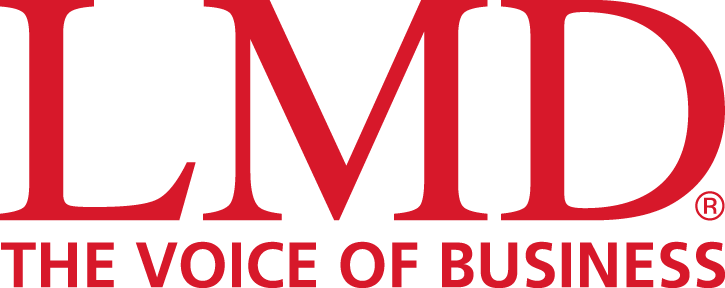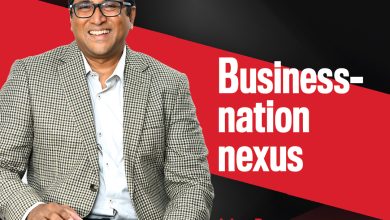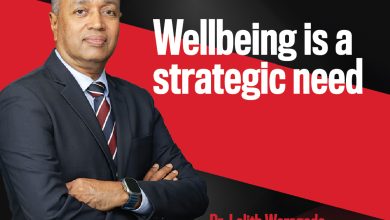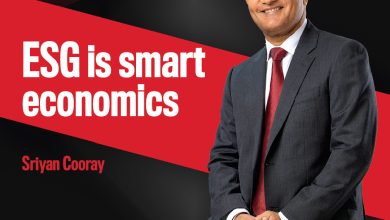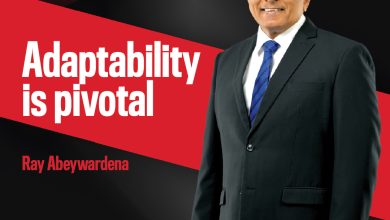CRISIS MANAGEMENT
In the eye of the storm
“When planning is rooted in continuous assessment with sensing mechanisms built across the organisation, you can react swiftly and meaningfully”
Senior Prof. Hareendra Dissabandara
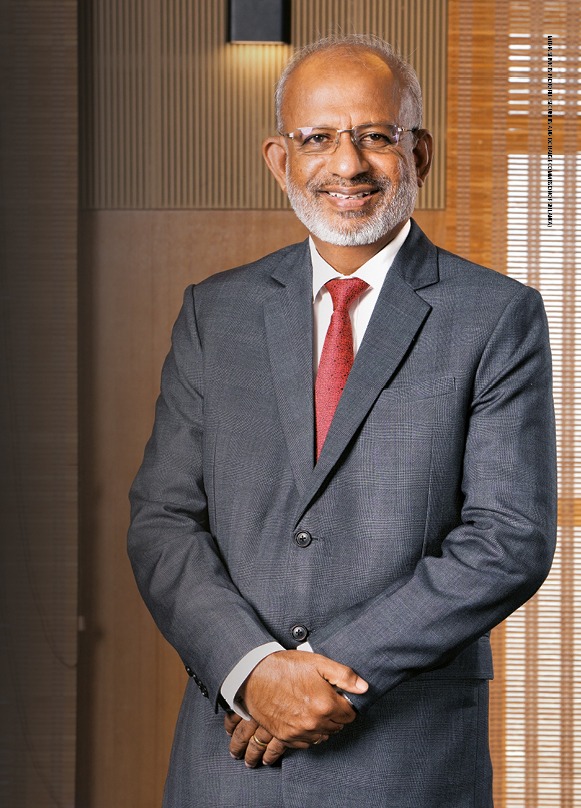
With the rise of shocks and unpredictable disruptions across the world, organisations can no longer afford to treat crisis readiness as being optional. According to Senior Prof. Hareendra Dissabandara, organisations that are respected and resilient have one fundamental trait in common: they are always prepared.
Dissabandara stresses that crises are by nature unpredictable. “You may see signs but the real gravity often becomes clear only when you’re already in it,” he explains, noting that the essential starting point is a crisis anticipation framework, which enables horizon scanning across the organisation.
This approach involves proactively identifying areas of vulnerability – be it in supply chains, marketing channels, human capital or external macroeconomic shifts, and equipping teams with the tools and mindset needed to detect early warning signs.
STRATEGIC INFRASTRUCTURE Dissabandara believes that many organisations treat strategic planning as a superficial exercise. In Sri Lanka, many corporate plans are reduced to glossy presentations curated by advertising agencies but lack the substance and organisational alignment that real strategy demands.
“A good strategic plan isn’t only about where you want to be; it includes recognising where you are, what the gap is, and how you’re going to bridge it with your strengths, resources and the opportunities ahead,” he says.
And Dissabandara points out that organisations must embed flexibility into their planning processes: “Rigid plans are often the first to collapse under pressure. But when planning is rooted in continuous assessment with sensing mechanisms built across the organisation, you can react swiftly and meaningfully.”
CRISIS MANAGEMENT Reflecting on personal experiences, Dissabandara recounts high-pressure situations ranging from institutional deadlocks to regulatory standoffs. They required not only technical knowledge but composure, critical thinking and above all, trust.
“Leadership visibility during a crisis is critical – because the frontline demands leadership presence and you can’t outsource credibility,” he emphasises.
Moreover, Dissabandara highlights the importance of establishing a dedicated crisis management team with clear responsibilities and authority, and says it must be guided by practical and tested crisis protocols.
This should be supported by simulations or stress testing across functions such as finance, cybersecurity and reputation management, he explains: “Anticipating crises isn’t about paranoia; it’s about preparedness.”
TWO-WAY COMMUNICATION One of the most powerful tools in a crisis is transparency.
Dissabandara insists that clear, immediate and unbiased disclosure – both internally and externally – is vital for maintaining trust. And he adds: “When you’re honest from the beginning, people rally around you – even creditors do. But when the truth is hidden, you invite chaos.”
He advocates for the establishment of structured communication protocols, which ensure that relevant updates reach every stakeholder through the right channels. “Transparency isn’t simply moral – it’s strategic,” he opines.
According to Dissabandara, what distinguishes respected organisations during crises is their value system: “It’s about being true to your values of fairness, honesty and humility, and not being concerned only with survival or profits.”
And he believes that these values should not be externally imposed or copied from others – but instead, be drawn from the organisation’s legacy and embedded in its culture.
PLANNING FOR THE FUTURE He also advocates for capturing institutional memory following a crisis and treating each episode as a case study.
“Every crisis should be meticulously documented – detailing what occurred, how it was managed, where we stumbled and proved effective. This becomes a library for future planning,” he asserts.
Dissabandara stresses that while future crises may differ in form, their foundational characteristics often echo past experiences. He continues: “While no two crises are identical, their echoes are often repeated. Preparation must be built on these echoes.”
A respected organisation isn’t defined by its size or market share but by its preparedness, ethical grounding, leadership integrity and ability to maintain continuity through adversity.
“You can’t eliminate uncertainty but you can build the strength to navigate it with transparency, planning and purpose,” he sums up.
